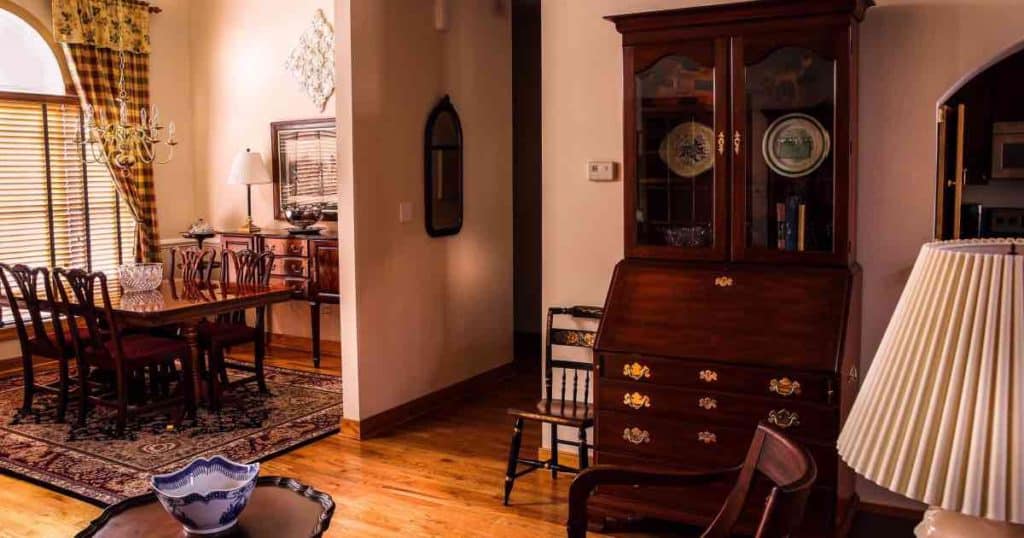Reinforce your floors
For many reasons, clients sometimes choose to install their floorboards lengthwise across the room. Our recommendation is to run it perpendicular to your joist. This will make your floor ultra-strong and prevent warping or separating in the future.
Even surfaces
Before installing any type of wood flooring, it’s important to make sure your subfloor is level. If there are voids underneath the floorboards, the floor will squeak. This floor was leveled with sand and topped with a rubber underlayment made from recycled materials.
Layer if needed
If you plan to glue down your floor, the only preparation needed is to level the floor. But if you want to nail down your floor, you need to lay a subfloor. Be sure the total thickness of the flooring plus the plywood is enough to receive the nails.
Floating floors
Floating floors are inexpensive and easy to install – no nails or glue needed. They’re also a great option if your old flooring might have asbestos in it. The boards can be installed right on top of your old floors, saving you the cost of calling in the pros to remove the asbestos.
Engineered wood benefits
In basements and other areas where moisture might be an issue, engineered-wood flooring is a top layer of real wood attached to multiple, thin layers of plywood or fiberboard. Depending on the thickness of the veneer, engineered wood can be refinished once or twice.
Test, test, test!
When it comes to staining, wood is unpredictable. Before covering your entire floor, you should test a small area area that will remain unseen or on a sample piece of scrap wood to make sure you are happy with the color you picked out. You don’t want to make a costly mistake!
Stick to the directions
If you are applying glue to a wood floor, be sure to check the drying time for your brand of adhesive. Think about working in smaller sections so you don’t apply adhesive that’s more than you can cover before it finally is dry.
Protect Your Floors
When staining wood floors, it is important to know that wood stain is not a protective finish. It’s main purpose is that it brings out the natural textures and tone of the original wood. To protect your investment, apply another layer of protective coating or polyurethane.

